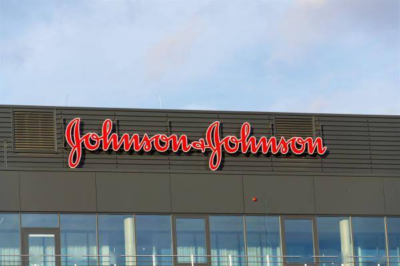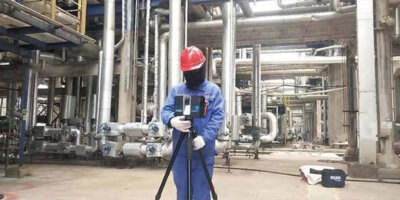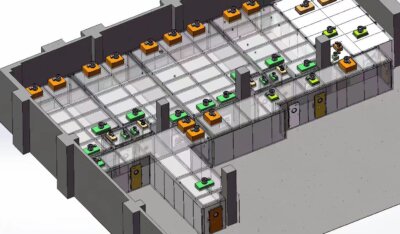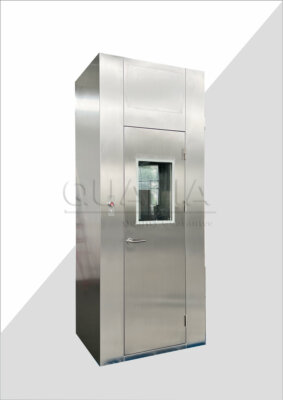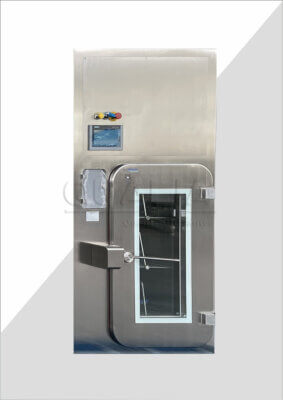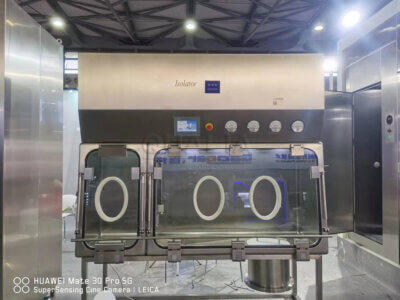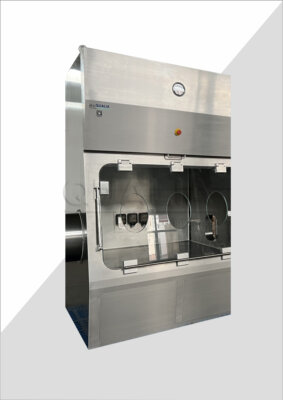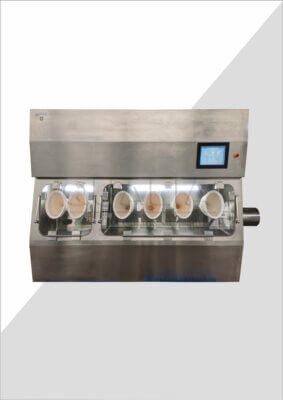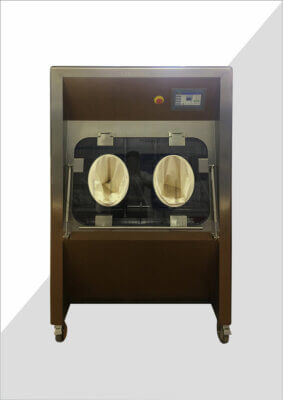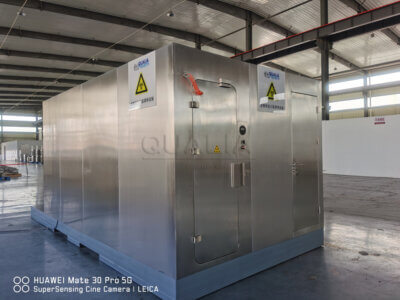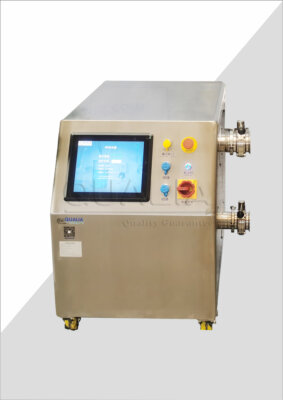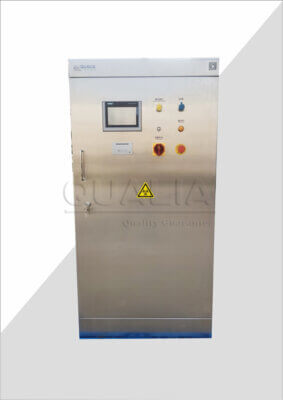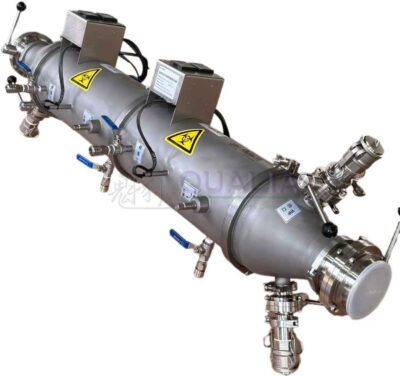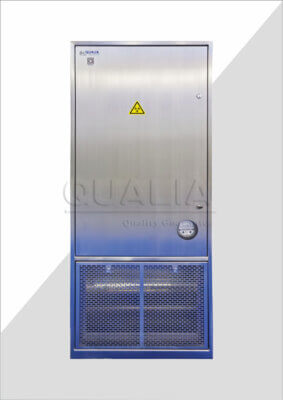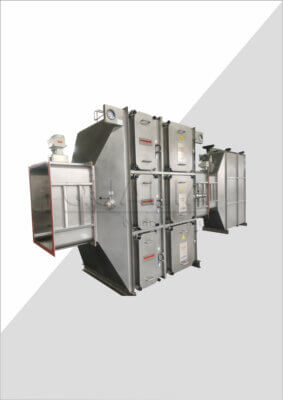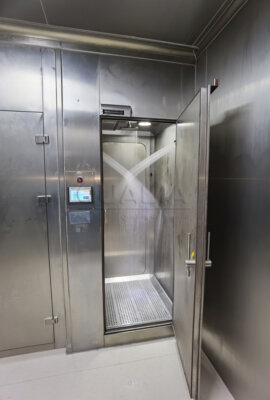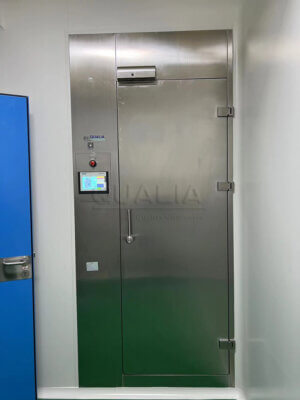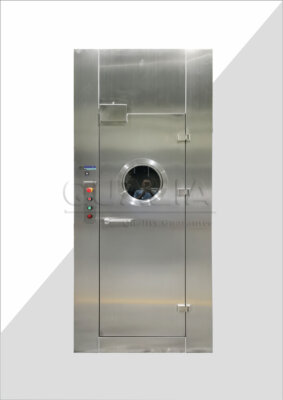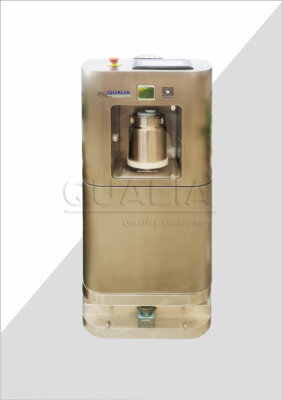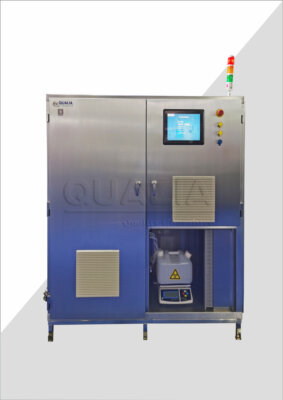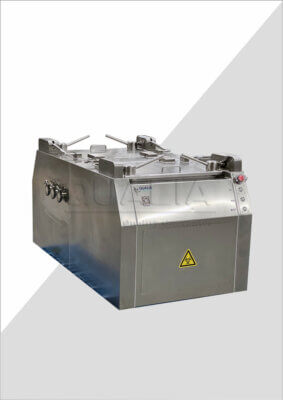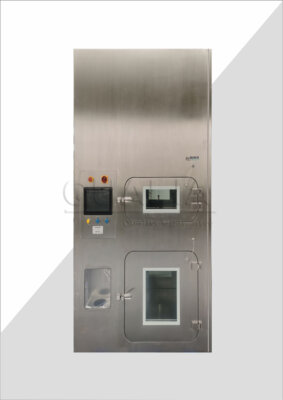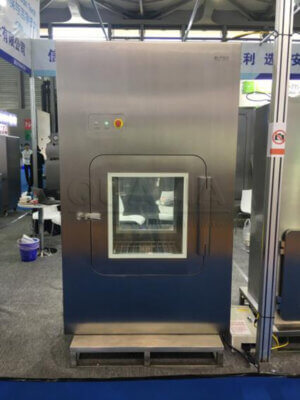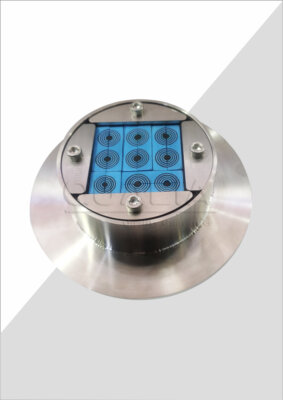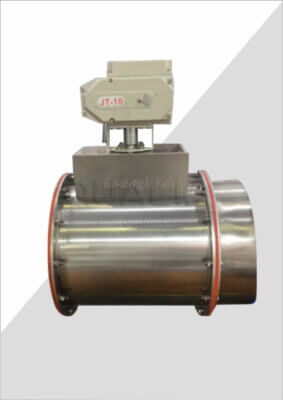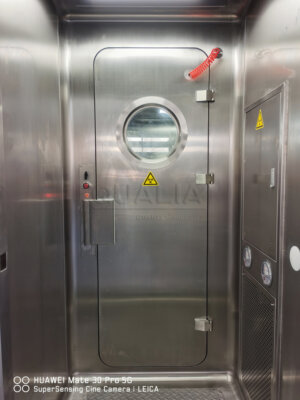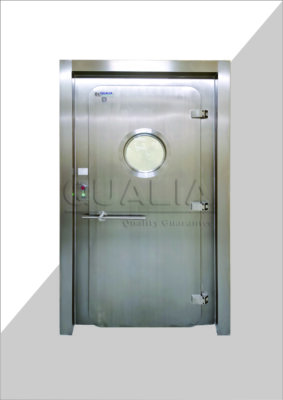When it comes to maintaining the pristine environment of a cleanroom, the thickness and material of the walls are crucial. These are not just any ordinary walls; they are designed to ensure the highest levels of cleanliness, durability, and functionality. Let's delve into the world of cleanroom walls and explore what makes them so special.
The Thickness Factor
Cleanroom walls come in various thicknesses, each tailored to specific needs. For instance, the AES Adaptwall system features walls that are a mere ½” (12mm) thick, made from uPVC and attached to steel studs using a specialized attachment system. These walls are designed for ease of installation and maintenance, with all seams cold welded to create a seamless, monolithic finish.
On the other end of the spectrum, there are thicker options like the AES Profile system, which boasts walls that are 2” (50mm) thick. These walls, also finished in uPVC, offer superior performance with reduced wall cross sections and flush finishes at doors and windows.
Material Mastery
The materials used in cleanroom walls are just as important as their thickness. For example, Neslo Manufacturing offers fiberglass reinforced plastic (FRP) clean room paneling, which is inherently corrosion-resistant, high-strength, and low-weight. These panels are available in ¼” or ½” thickness and are mounted on a fluted polypropylene core, making them an economical and versatile solution.
Another popular option is the aluminum composite panel (ACP), which consists of aluminum skins bonded to a polypropylene core. These panels are durable, non-combustible, and easy to maintain, making them ideal for cleanroom environments.
Honeycomb and Insulated Panels
Honeycomb panels are a favorite among cleanroom designers due to their lightweight yet sturdy construction. These panels feature an aluminum honeycomb core sandwiched between metal skins, offering an excellent strength-to-weight ratio. This is particularly beneficial in cleanrooms where load-bearing capacity may be limited.
Insulated metal panels are another robust option, providing excellent thermal insulation and durability. These panels consist of an insulating core between metal facings and are perfect for creating cleanroom partitions, external walls, and even ceilings.
Flexibility and Customization
Cleanroom walls need to be flexible and adaptable to various requirements. The Modular Flex Walls from Clean Rooms West, for instance, come in thicknesses of ¼”, 2”, and 4”, with unique core and skin combinations. These walls are supported by a customizable framing system, allowing for wire studs and hollow tube steel for added structural stability.
Sealing the Deal
The seams of cleanroom walls are sealed with precision to maintain the environment's cleanliness. Chemical cold welding is a common method, providing a smooth, seamless surface. This technique ensures the cleanroom remains free from dust and contaminants. For more flexibility, silicone caulking can be used, allowing for easy disengagement and replacement of individual panels.
Conclusion
In the world of cleanrooms, the thickness and material of the walls are not just about structural integrity; they are about creating an environment that is pristine, durable, and highly functional. Whether you opt for the sleek AES Adaptwall, the robust AES Profile, or the versatile FRP panels from Neslo Manufacturing, each choice is designed to meet the stringent standards of a cleanroom. So, the next time you step into one of these controlled environments, remember the meticulous engineering and precision that goes into every inch of those walls.
Related Contents:
- What Plastics are Cleanroom Safe?
- What is the Difference Between Stick Built and Modular Cleanrooms?
- What is a Modular Cleanroom?
- What is Cleanroom IQ? Understanding the Crucial Stages of Cleanroom Qualification
- How to Design a Cleanroom?
- Double-Chamber VHP Passbox: Enhancing Efficiency and Flexibility
- What is the Cleanest Cleanroom Class?
- Ensuring Sterility and Safety: A Deep Dive into QUALIA’s ShowerSeries
- Ensuring Sterility and Safety: The Cutting-Edge Solutions from QUALIA

